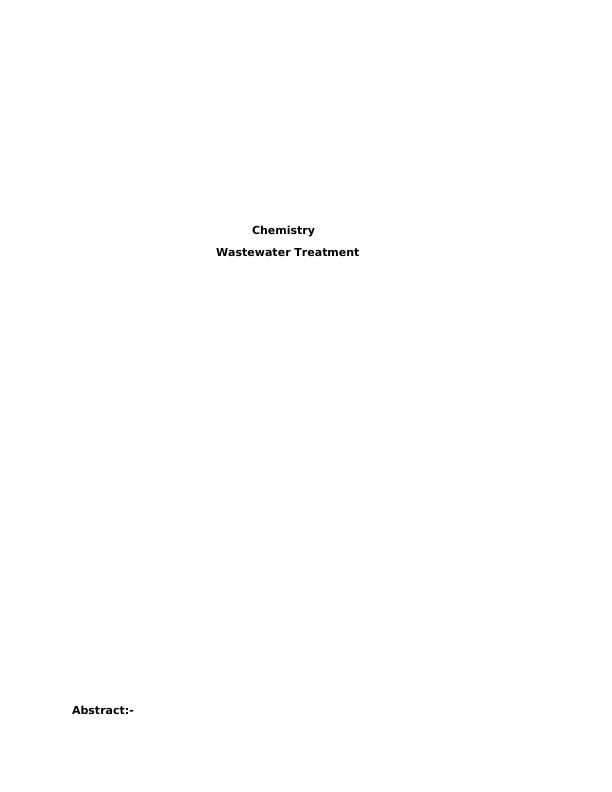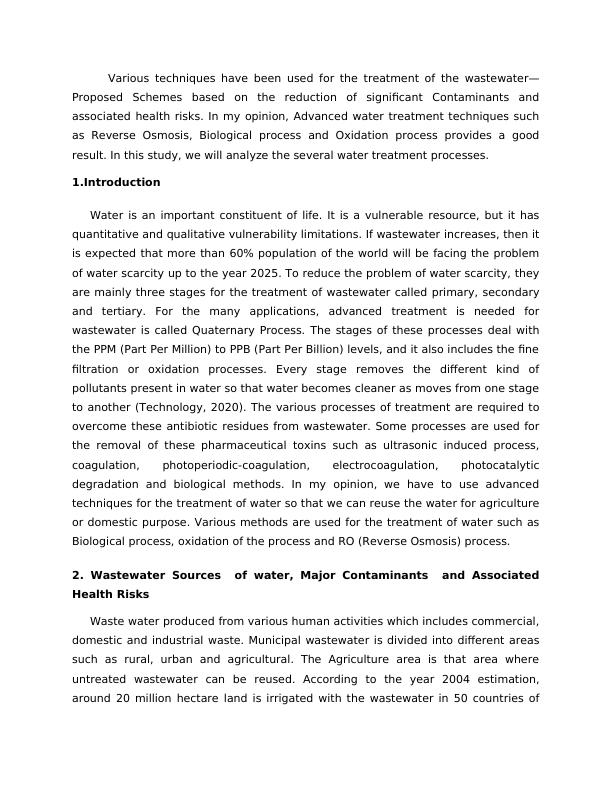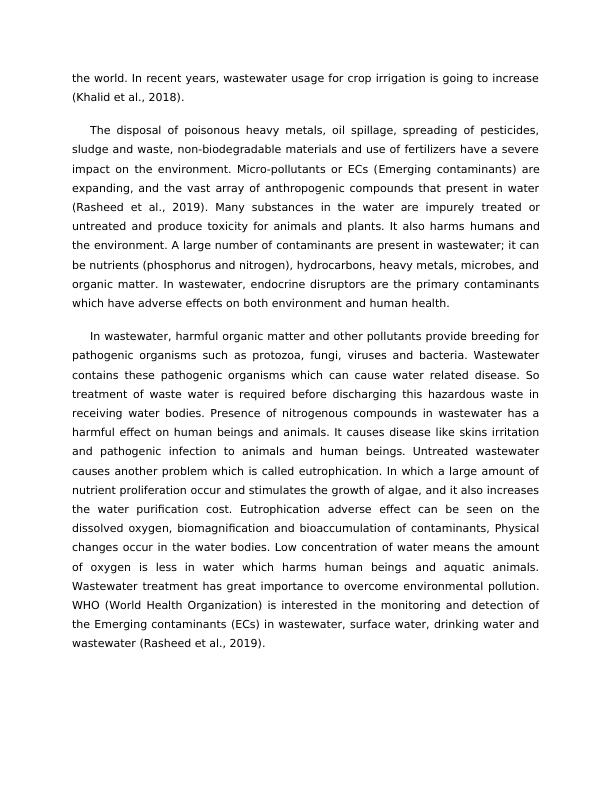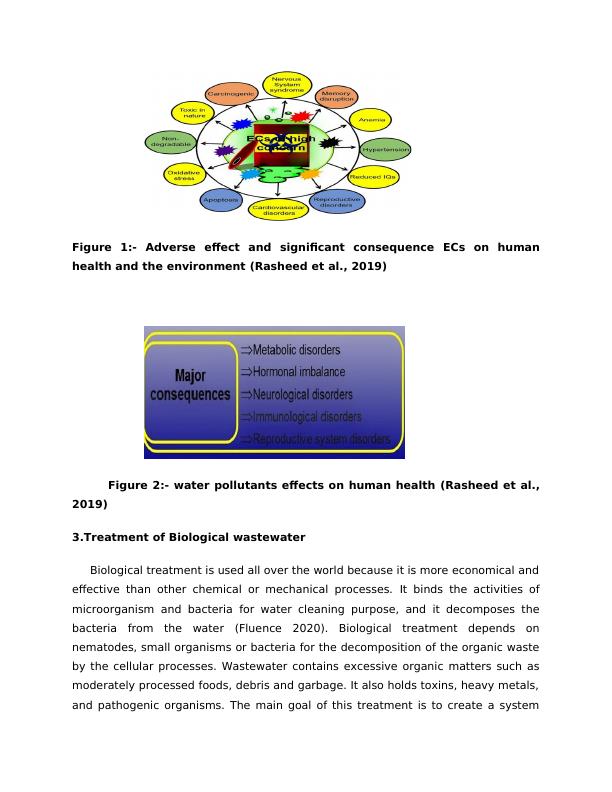Assignment On Wastewater Treatment
Critical review of different wastewater treatment processes including biological, oxidation, and reverse osmosis processes. Discuss factors that will deter/enhance the use of these technologies in the future.
16 Pages4362 Words28 Views
Added on 2022-09-22
Assignment On Wastewater Treatment
Critical review of different wastewater treatment processes including biological, oxidation, and reverse osmosis processes. Discuss factors that will deter/enhance the use of these technologies in the future.
Added on 2022-09-22
ShareRelated Documents
End of preview
Want to access all the pages? Upload your documents or become a member.
Wastewater treatment and technologies reviews PDF
|5
|1522
|197
Reflective Writing on Water Pollution Control, Sanitation, and Wastewater Treatment
|5
|1228
|185
Formation of DBP in Wastewater
|16
|2035
|327
Waste Water Treatment Investigation and System Design Recommendation
|9
|2146
|16
Effect of Domestic Water on Soil Properties around Treatment Plant
|8
|2401
|270
Industrial Wastewater Treatment Proposal 2022
|7
|1431
|18




